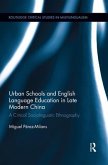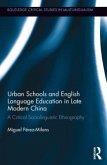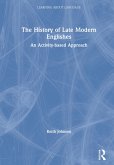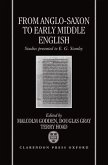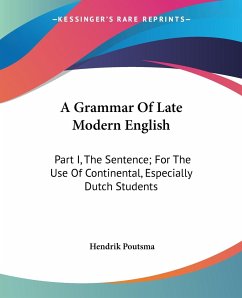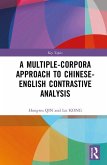This book charts the development of style and lexicon in the English language from Late Middle English to Early Modern English through the analysis of binomials across a wide range of texts and genres.
The volume elucidates the forms, functions, and origins of binomials, otherwise understood as word pairs, such as "safe and sound," as they manifest in representative prose texts from the fourteenth and fifteenth centuries and in the Helsinki Corpus from the fourteenth through to the early eighteenth centuries. The book begins with cross-comparative analyses of binomials, examining their frequency, etymological makeup, and repetition in prose texts including Chaucer and Malory to explore the stylistic characteristics of each text, toward zooming out to examine their development in texts across different genres, from political to philosophical to legal texts, in the Helsinki Corpus. In charting binomial development over both time and text type, the volume offers readers aunique historical perspective into the evolution of phraseology from Late Middle English through to Early Modern English and in turn, a solid foundation for future research on lexical development in the English language.
This book will be of interest to scholars in English historical linguistics, English stylistics, English corpus linguistics, and English lexicology.
Chapter 8 of this book is freely available as a downloadable Open Access PDF at http://www.taylorfrancis.com under a Creative Commons Attribution-NonCommercial-NoDerivatives (CC-BY-NC-ND) 4.0 International license.
The volume elucidates the forms, functions, and origins of binomials, otherwise understood as word pairs, such as "safe and sound," as they manifest in representative prose texts from the fourteenth and fifteenth centuries and in the Helsinki Corpus from the fourteenth through to the early eighteenth centuries. The book begins with cross-comparative analyses of binomials, examining their frequency, etymological makeup, and repetition in prose texts including Chaucer and Malory to explore the stylistic characteristics of each text, toward zooming out to examine their development in texts across different genres, from political to philosophical to legal texts, in the Helsinki Corpus. In charting binomial development over both time and text type, the volume offers readers aunique historical perspective into the evolution of phraseology from Late Middle English through to Early Modern English and in turn, a solid foundation for future research on lexical development in the English language.
This book will be of interest to scholars in English historical linguistics, English stylistics, English corpus linguistics, and English lexicology.
Chapter 8 of this book is freely available as a downloadable Open Access PDF at http://www.taylorfrancis.com under a Creative Commons Attribution-NonCommercial-NoDerivatives (CC-BY-NC-ND) 4.0 International license.



